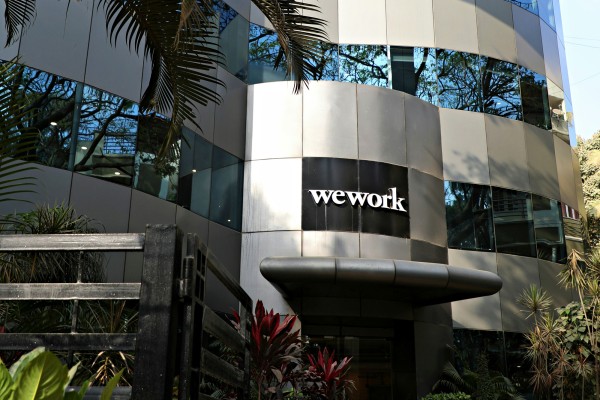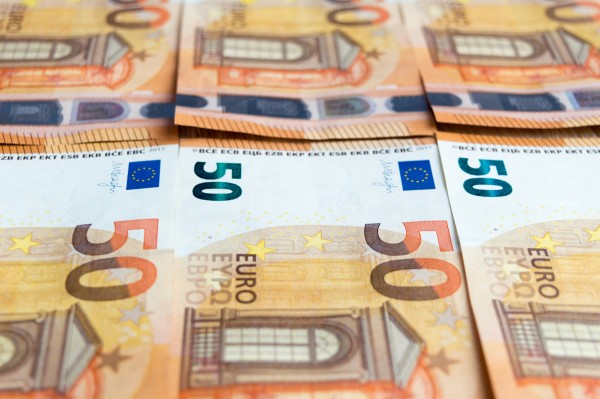# I. How the fraud investigation unfolded
The Luckin Coffee (Luckin) coffeehouse chain was founded in 2017 on an innovative “grab and go” business model that allows its customers to order coffee and other convenience products via an app. After raising USD 645 million through an IPO in the US in May 2019, the company rapidly expanded the number of its retail outlets in China and announced plans to expand into the Middle East and India. According to the Wall Street Journal, by the end of 2019 Luckin was operating more than 4,500 stores throughout China. On January 10, 2020, Bloomberg reported that Luckin’s share price had tripled since its IPO and that the company had increased its stock value by 26 percent by announcing a sale of additional shares and a convertible bond for a combined amount of USD 778 million. In mid-January 2020, the company’s share price reached USD 50.02.
On January 31, 2020, the short-selling firm Muddy Waters Research posted an anonymous report stating that Luckin misrepresented its financial statements in 2019. The report asserted that Luckin had inflated the number of products sold in its stores by 69 percent in Q3 2019, and 88 percent in Q4 2019, and that it had overstated its advertising expenses and store-level operating profit by CNY 336 million (approx. USD 48 million) and CNY 397 million (approx. USD 57 million), respectively, in Q3 2019.
Initially, Luckin categorically denied the allegations and warned that the company would be taking appropriate action to defend itself against what it referred to as unsubstantiated, ungrounded, and flawed allegations.
On April 2, 2020, Luckin announced that it had suspended its Chief Operating Officer and several other staff members following suspicions that they had fabricated some transactions between Q3 and Q4 2019. The company said it would be conducting an internal investigation and warned investors to disregard previous financial statements. Luckin’s share price fell to USD 6.40 following the announcement.
The Chinese and international media widely covered the company’s April 2 disclosure, with Forbes reporting that the fraudulent transactions totaled approximately CNY 2.2 billion (USD 316 million).



